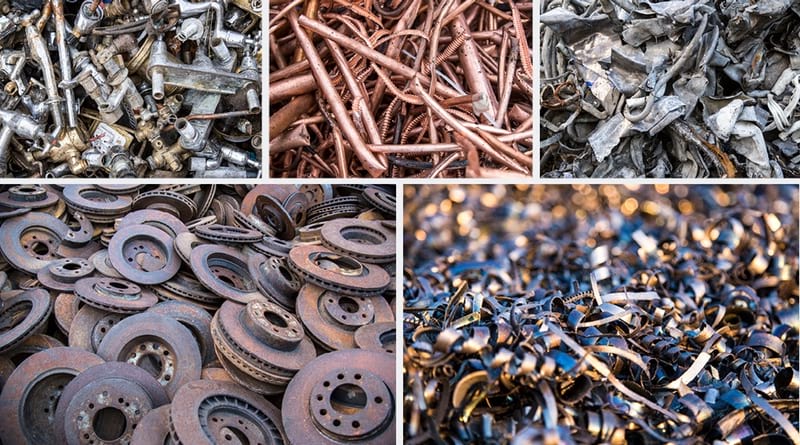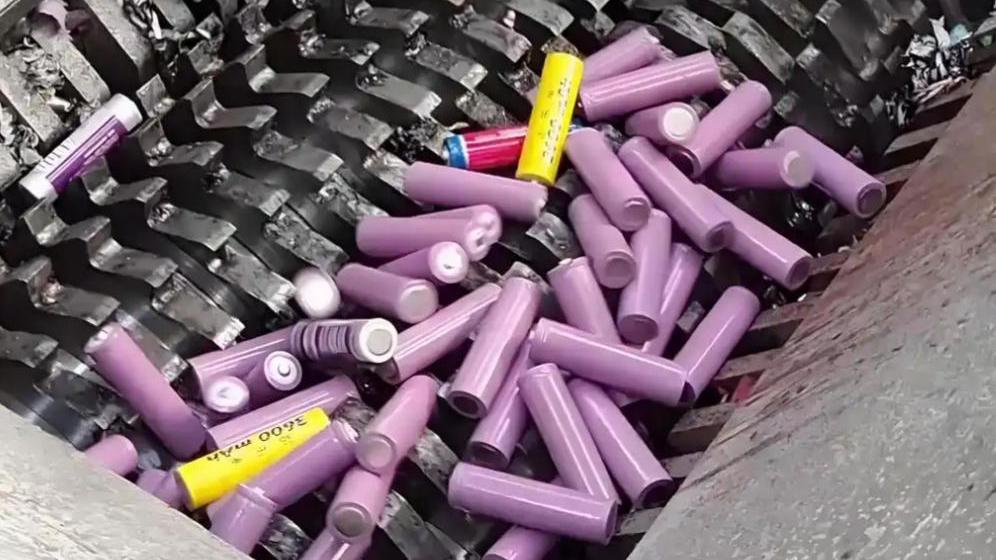The rapid accumulation of used tires has become a significant environmental challenge worldwide. Tire recycling plants play a crucial role in mitigating this issue by processing waste tires and transforming them into valuable resources, thereby reducing environmental pollution. In this article, we will explore how these plants contribute to a greener future and the benefits they offer.
1. Reducing Landfill Waste
Discarded tires take up a substantial amount of space in landfills and are slow to decompose. Traditional disposal methods, such as burning or landfilling, release harmful chemicals and greenhouse gases into the atmosphere. Tire recycling plants help by breaking down old tires into reusable materials, such as rubber, steel, and textile fibers. These materials can be repurposed in various industries, significantly reducing the need for landfill space and limiting the harmful emissions associated with tire disposal.
2. Conserving Natural Resources
Tire recycling plants promote sustainability by recovering raw materials from waste tires. Recycled rubber, for instance, can be used to create new tires, rubber mats, and playground surfaces. This reduces the need for natural resources, such as rubber from rubber trees, and minimizes the environmental impact of resource extraction. The recycling process also recovers valuable metals like steel, which can be reused in manufacturing.
3. Lowering Greenhouse Gas Emissions
The incineration of tires releases toxic chemicals and contributes to air pollution. Tire recycling plants, on the other hand, use environmentally friendly processes that help reduce the carbon footprint associated with tire disposal. By converting tires into useful products through methods like shredding, pyrolysis, and devulcanization, these plants prevent the harmful emissions that would otherwise be generated by traditional disposal methods.
4. Reducing Energy Consumption
Producing new tires and other rubber products from raw materials requires a considerable amount of energy. Recycling old tires into new products consumes far less energy, thereby helping to conserve energy resources and reduce industrial energy consumption. This energy efficiency also translates into cost savings for manufacturers, further incentivizing the adoption of recycled materials.
5. Creating Economic Opportunities
Tire recycling plants not only benefit the environment but also create economic opportunities. These plants generate jobs in waste management, transportation, and the recycling process itself. Additionally, the materials produced through tire recycling can be sold to manufacturers, contributing to the circular economy and reducing the need for virgin materials.
Conclusion
Tire recycling plants are an essential part of the global effort to reduce environmental pollution. By minimizing landfill waste, conserving natural resources, lowering greenhouse gas emissions, reducing energy consumption, and creating economic opportunities, these plants contribute to a more sustainable and eco-friendly future. As the world continues to face environmental challenges, the role of tire recycling will only become more critical in promoting a cleaner and greener planet.



